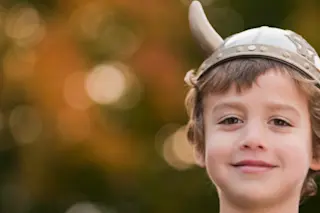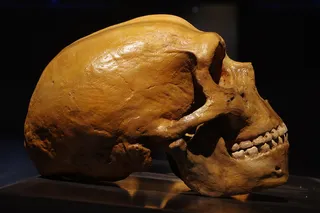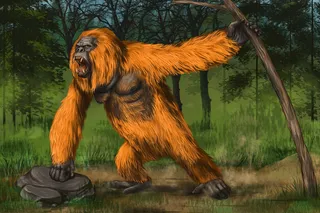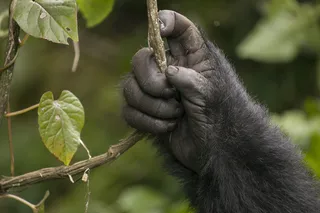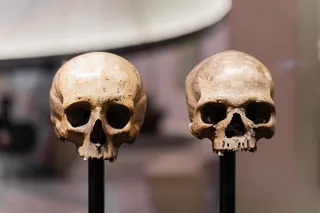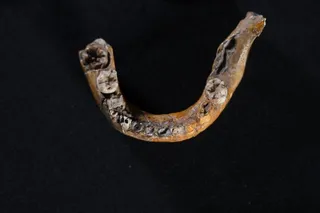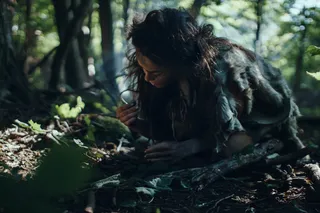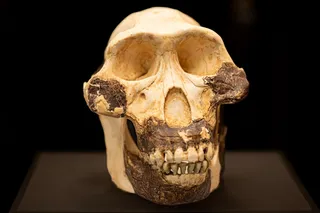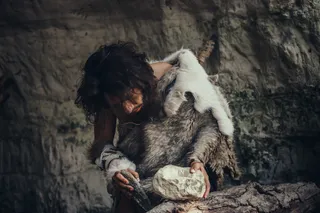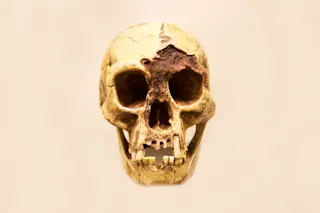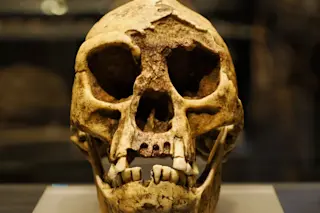In 2022, we reported the DNA sequences of 33 medieval people buried in a Jewish cemetery in Germany. Not long after we made the data publicly available, people started comparing their own DNA with that of the 14th-century German Jews, finding many “matches.” These medieval individuals had DNA fragments shared with thousands of people who have uploaded their DNA sequence to an online database, the same way you share DNA fragments with your relatives.
But what type of a relationship with a medieval person does a shared DNA fragment imply?
It turns out, not too much that will help with your family roots research.
We are population geneticists who work with ancient DNA. We understand how exciting it can be to find a genetic link to particular people who lived many generations ago. But these DNA matches aren’t the tight ties you may be imagining. Here’s how it works.
Ancient ...


